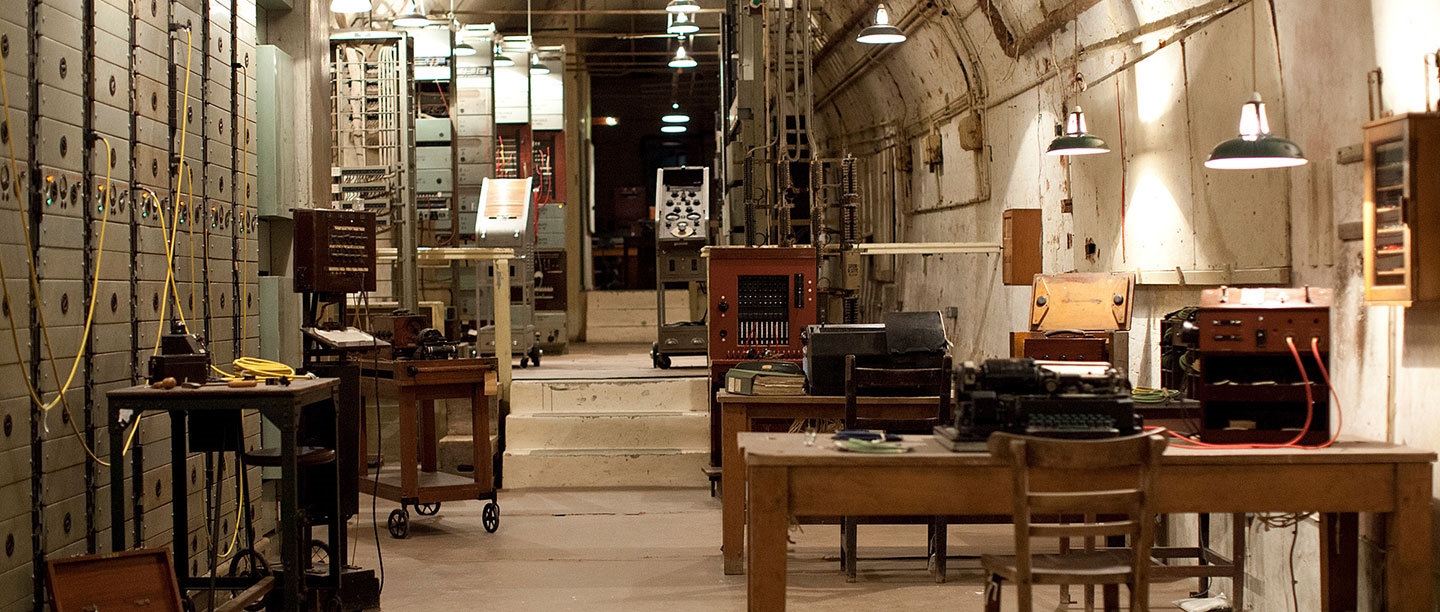Indian Summer
The brief but unexpectedly successful reign of the flamboyantly enthusiastic Edward VII (r.1901–10) is sometimes seen as an untroubled ‘Indian Summer’, an appendix to the Victorian age, with great country houses at their apogee and an ever-growing middle class.
Living conditions for the urban and rural poor, however, were often squalid and forces of radical change were already at work. The social reforms of the Liberal government of 1906–14 laid the foundations of what would become known as the welfare state.
The First World War
The First World War brought the front line to the civilian population. Zeppelin and aircraft raids targeted London and other towns on the east coast. Both Whitby Abbey and Scarborough Castle in North Yorkshire were hit.
The wartime state extended its control over peoples’ lives in an unprecedented way, with conscription, increased taxation and censorship. Over 1.6 million women replaced conscripted men in the workplace. Country houses such as Wrest Park, Bedfordshire, and Osborne on the Isle of Wight were used as hospitals and convalescent homes for wounded soldiers.
While the old order was changing and monarchies toppled throughout Europe, George V (r.1910–36) proved remarkably adept, bolstering the royal family’s popularity in war and peacetime.
Uneasy decades
War ended on the Continent but broke out in Ireland, with the Anglo-Irish Wars (1919–21). Recession followed a brief post-war economic recovery. Troubled industrial relations led to the only general strike in British history in 1926. From the early 1920s the Labour Party, founded in 1900, overtook the Liberal Party in general elections.
The slump following the Wall Street Crash of 1929 hamstrung economic reconstruction and meant continuing hardship, particularly in industrial areas. Although some people managed to maintain lavish lifestyles, such as the Courtaulds at Eltham Palace, South London, many country house owners adjusted to reduced circumstances, as at Belsay Hall, Northumberland, and Brodsworth, South Yorkshire.
In the post-war territorial carve-up Britain gained mandates over a number of former German and Ottoman territories. British control now extended over more of the globe than ever before – but closer to home, Ireland was partitioned and the Irish Free State became independent in 1922.
As the 1930s progressed, so did fears of a new European war. Debate about the British government’s attempts to appease Hitler dominated the late 1930s. Long torn between decadence and duty, Edward VIII (r.1936) relinquished the throne for a divorcee, provoking a constitutional crisis and propelling his younger brother to the throne, as George VI.
The Second World War
In 1939, Britain found itself at war with Germany for the second time in a generation. After the defeat-turned-propaganda-triumph ‘miracle of Dunkirk’ (planned in Dover Castle's Secret Wartime Tunnels) in 1940 Britain stood alone, unified behind Churchill. Victory in the Battle of Britain greatly raised morale, and subsequent blitz air raids on London, Coventry and many other towns failed to significantly lower it.
By 1943, Britain had become a junior partner in an alliance dominated by the USA and the Soviet Union. Allied bombing from British bases and the 1944 D-Day landings hastened Germany’s drawn-out defeat. The bombing of Japanese cities Hiroshima and Nagasaki ended the war in the Far East, and ushered in the atomic age.
Growing Optimism
The 1945 election saw an unexpected Labour bringing with it nationalisation and Welfare State legislation which included the creation of the National Health Service.
Post-war architects and planners were confident they could raise standards of living with housing projects in Britain’s cities and in new towns. Meanwhile the coronation of Queen Elizabeth II (r.1952–2022), the first to be televised, prompted talk of a new Elizabethan age.
During the later 1950s and the 1960s, cars, washing machines, fridges, telephones and holidays all became increasingly affordable elements of everyday life. In 1957 Harold Macmillan could proclaim ‘prosperity such as we have never had … in the history of this country’.
Cold and Colonial Wars
Yet war was constantly in the background. Almost before the Second World War ended, Britain’s erstwhile ally the Soviet Union had become a potential enemy. in March 1946 Churchill described an Iron Curtain descending across Europe.
British troops fought in proxy wars against communism, successfully in Malaya (1948–55), less so in Korea (1950–53), as well as in postcolonial ‘emergencies’ in Kenya (1952–60), Cyprus (1955–60) and Suez (1956).
Britain became the third nation to become an atomic power in 1952 and had already deployed Civil Defence measures and installations in this era of Mutually Assured Destruction (MAD). York Cold War Bunker was part of a later generation of these, built in 1961 just before the Cuban Missile Crisis of October 1962 brought the world to the brink of nuclear war. The wartime tunnels at Dover were consequently renovated and equipped to serve as a regional seat of government in the event of such a war.
Immigration and Privatisation
By the 1960s, Commonwealth immigration from the West Indies, India and Pakistan had begun to change the racial mix, although nothing like as much as its opponents believed. Heavy industry was in decline. University education expanded significantly, and new institutions flourished.
The post-war consensus by which both parties broadly accepted the role of the state in the economy and the centrality of the Welfare State was broken by Margaret Thatcher. After the ‘Falklands Factor’ gave her a second term in office in 1983–7, her Conservatives began to privatise national industries, starting with British Telecom.
The miners’ strike was suppressed in 1984–5, breaking the power of the unions. And though she was overthrown by her own party in 1990, the pronounced rightward swing she initiated still holds.
A Third Way
Tony Blair led a significantly re-modelled Labour Party back into power in 1997 – the first of an unprecedented three terms in office.
His post-9/11 alignment with the USA and subsequent War on Terror defined perceptions of his administration. Labour also presided over devolved administrations in Wales and Scotland, and oversaw an uneasy peace in Northern Ireland after 30 years of violence. Britain had entered a new millennium looking forward as well as back.
20th-century Stories
-
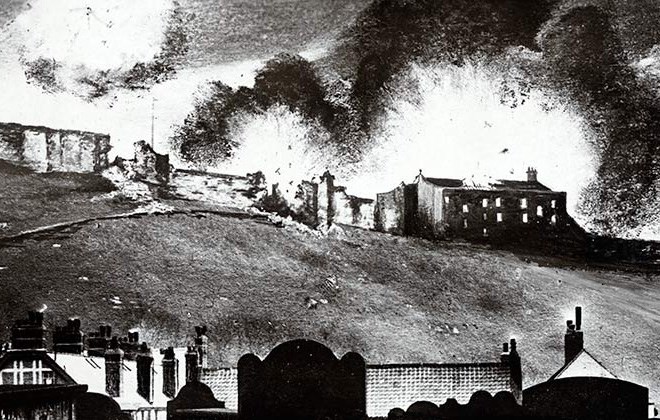
The Shelling of Scarborough in 1914
Read about the devastating attack on Scarborough by German warships in 1914 – the first targeting of civilians on English soil during the First World War.
-
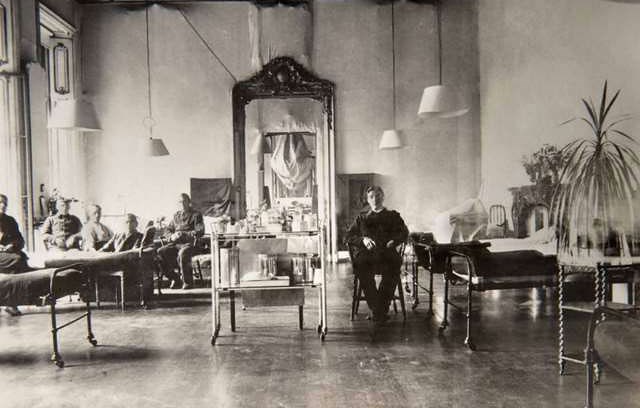
Wrest Park at War
During the First World War, Wrest Park in Bedfordshire was put to use as a military hospital, which treated 1,600 patients in the course of the war.
-
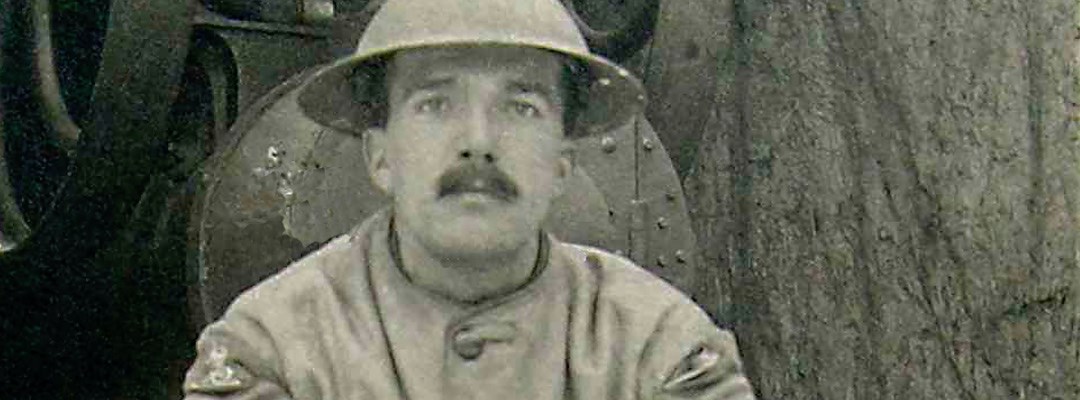
A soldier's letters
How John Glasson Thomas's letters to Gertie Brooks offer a very special record of one man's Great War.
-
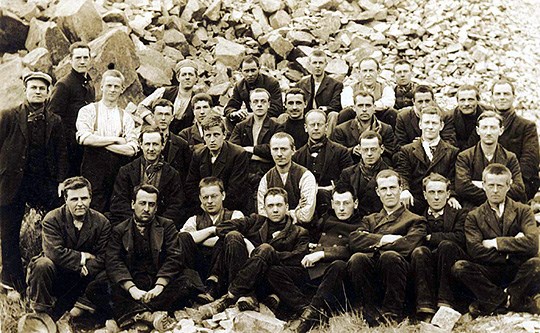
The Richmond 16
How 16 First World War conscientious objectors detained at Richmond Castle were taken to France and sentenced to death for refusing to obey orders.
-
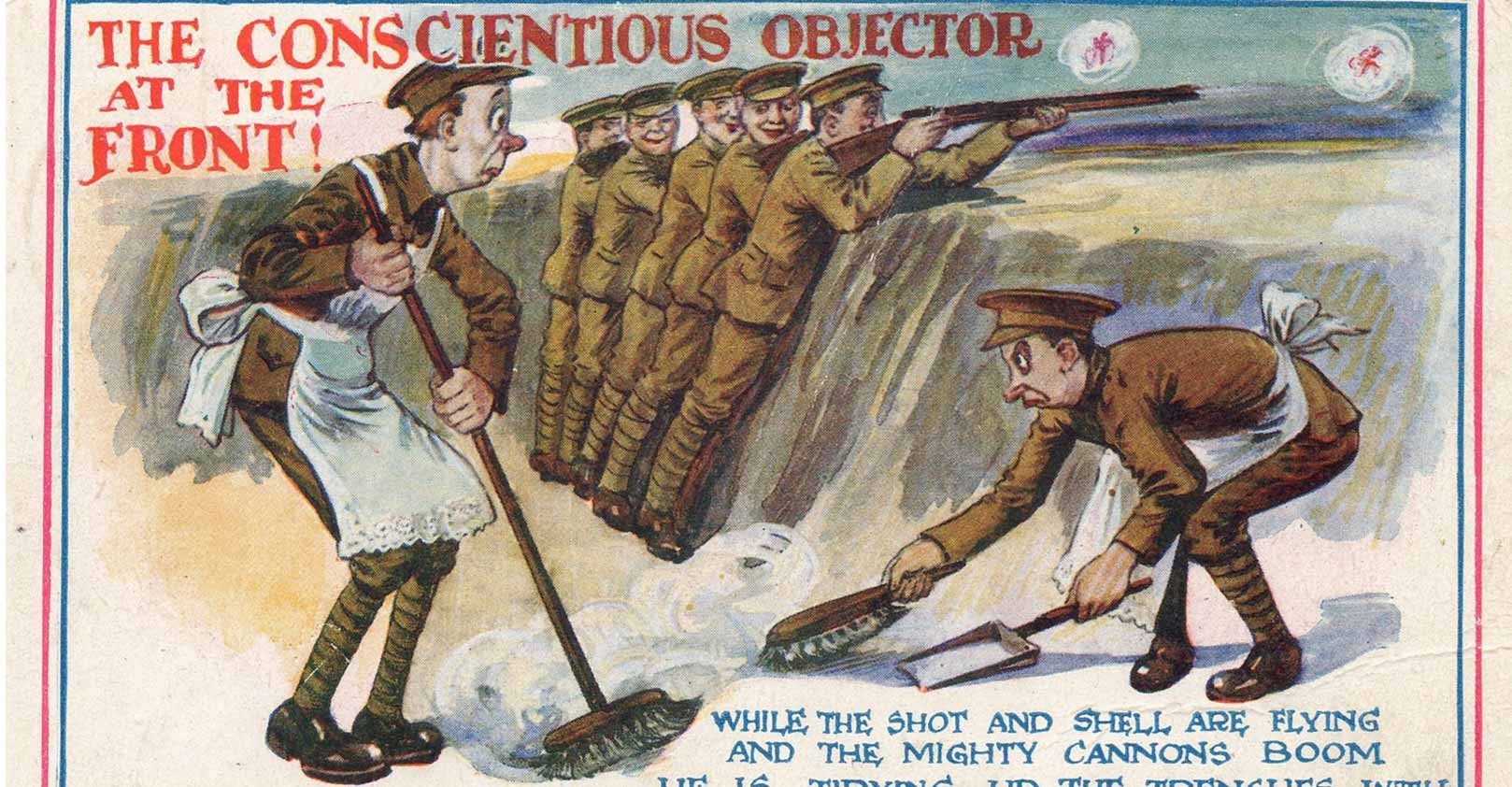
Attitudes to Conscientious Objection and Conscription
Find out how conscription came about during the First World War, and what happened to the men who applied for exemption.
-
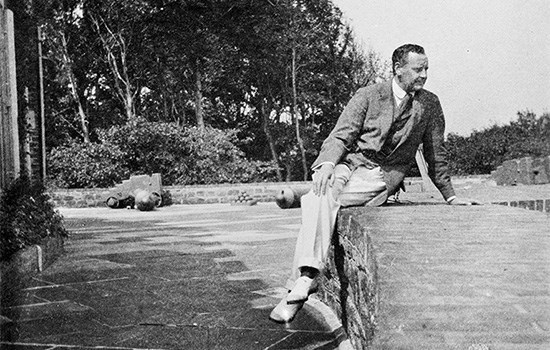
Lord Beauchamp and Homosexuality in 20th-century england
In the 1920s, Walmer Castle was home to William Lygon, 7th Earl of Beauchamp. His dramatic fall from grace was the inspiration for Brideshead Revisited.
-
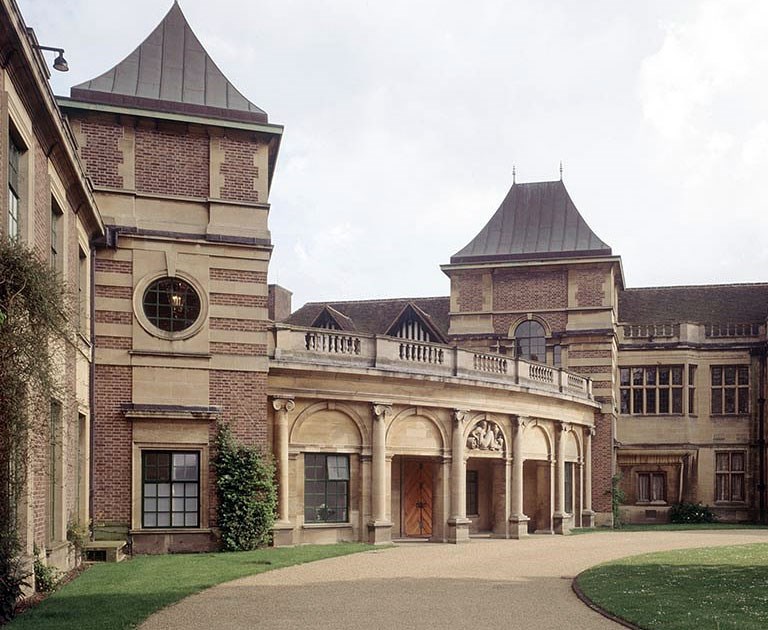
Seely and Paget at Eltham Palace
John Seely and Paul Paget ran one of the most noteworthy architectural firms of the interwar years. They transformed Eltham Palace from a medieval palace into an Art Deco mansion.
-
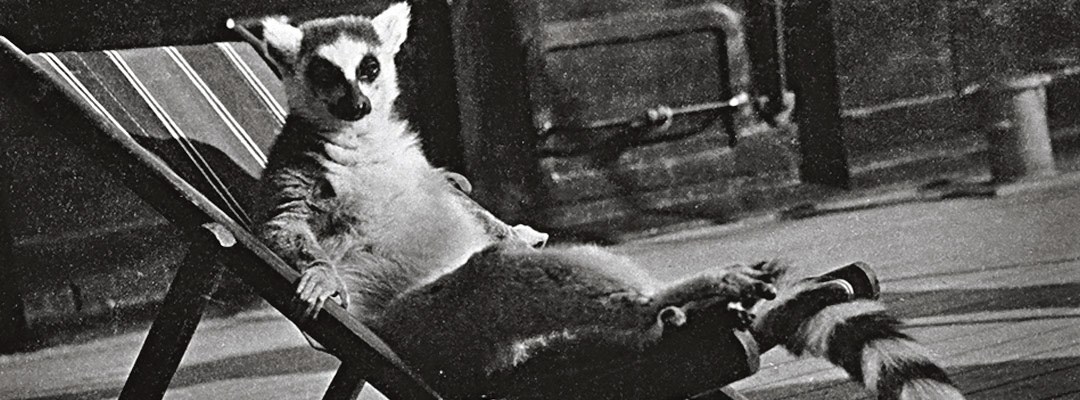
The Eltham Palace Lemur
How Stephen and Virginia Courtauld, owners of Eltham Palace, lavished attention – and interior designers – on their much-indulged ring-tailed lemur.
-
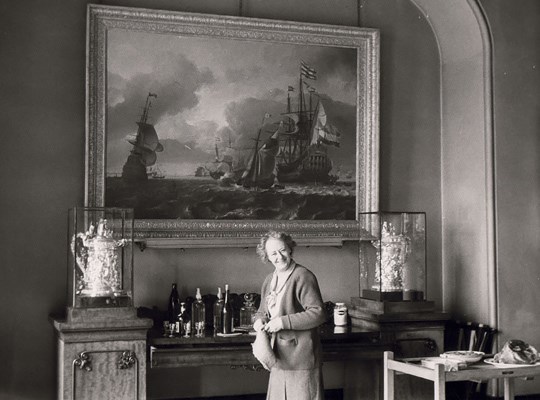
The decline of the country house
How the precarious survival of Brodsworth’s Victorian interiors reflects the determination of its final owners to preserve a way of life that became almost impossible in the 20th century.
-
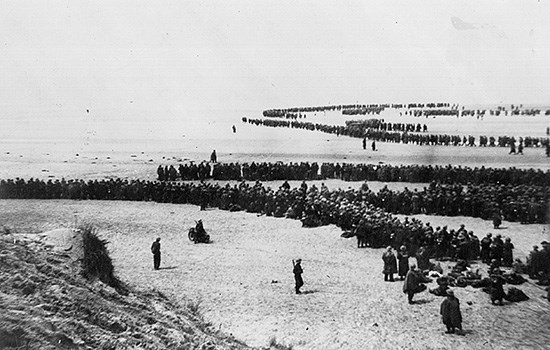
Operation Dynamo: The Dunkirk Evacuation
The mission to evacuate Dunkirk in May 1940 was directed from Dover Castle’s secret wartime tunnels. Find out the key facts about Operation Dynamo.
-
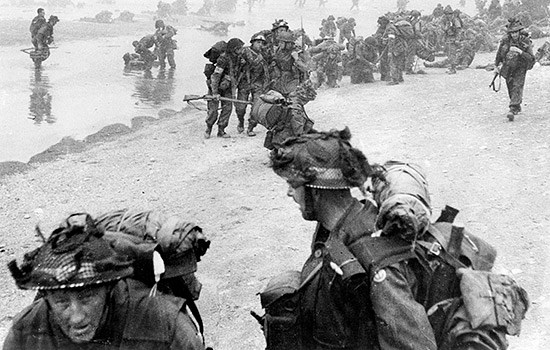
D-Day Deception: Operation Fortitude South
In 1944, Dover Castle’s tunnels played a supporting role in an elaborate deception that concealed the true location of the D-Day landings from the Germans.
-
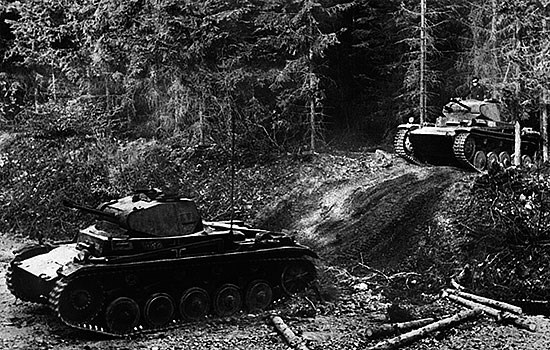
The Fall of France in 1940
On 22 June 1940 the French government surrendered to Hitler, just six weeks after the Germans’ initial advance westwards. Find out why France collapsed so quickly.
Read More
-
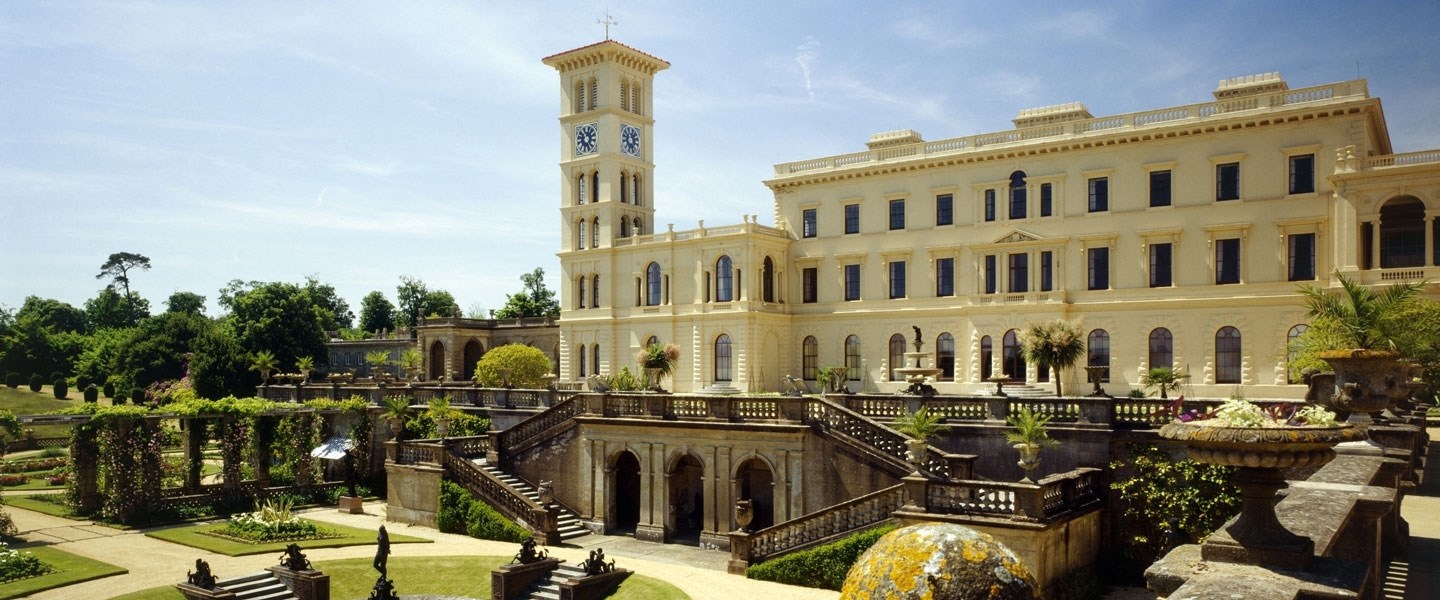
Previous Era: Victorians
Queen Victoria came to the throne when she was just 18 years old. She would rule Britain for over 60 years. During this long reign, the country acquired unprecedented power and wealth.

